

The Seaver team takes a break for the holidays
Orders placed between December 24 and January 5 will be shipped starting January 6.
Friday, September 27, 2019
Autumn has been here for a few days now, signaling the end of the fine weather. This change of season means it's time to forget the sunshine, the long evenings grazing your horse in the warmth and sunshine, and hello to blankets, sweaters and muddy paddocks.
Horses are seasonal animals, particularly sensitive to seasonal changes and modifications to their environment. It is therefore important to accompany them through this seasonal transition and ensure their well-being. Autumn remains a pleasant season for equines. The mosquitoes are gone and the grass can turn green with the arrival of the rains. This will keep horses in good condition for the winter.
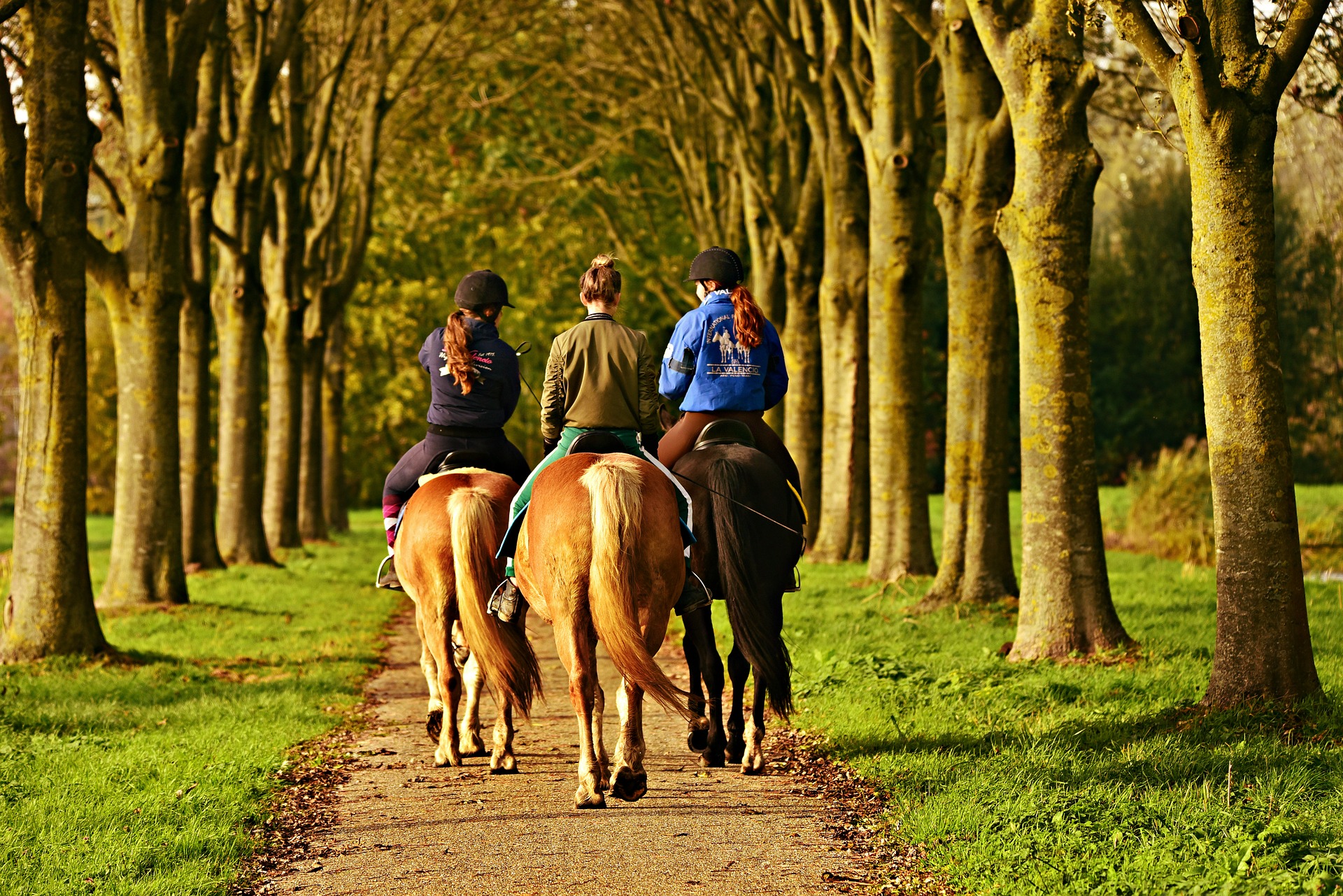
Seaver gives you its tips and tricks for getting through the autumn season and into winter with peace of mind.
It is important to worm your horse (according to age, weight, condition and environment) when autumn arrives. Parasites are not the same all year round. The humidity and temperature amplitude are ideal conditions for the proliferation for the proliferation of larvae and worms. Ask your veterinarian for advice on the choice of the right molecule and whether deworming is advisable for your horse. depending on your horseenvironment and lifestyle.
From spring to autumn, ticks can be found perched on tall grasses, brush or leaves, lying in wait on the lookout for our equines. Tick bites are not serious in themselves. However, they can transmit a number of diseases, such as piroplasmosis or Lyme disease. If your horse shows the following signs: anemia, fatigue, fever, dark urine, joint pain (swollen joints), edema of the limbs, lethargy, then you need to consult your veterinarian who will take a blood test and diagnosis.
Autumn is also acorn season. acorns fall from the oak trees. If you find any in the paddocks/meadows, try to change change the horses' pasture or or fence around the oak trees.. This will prevent the horses from reaching them.
The acorns are toxic due to their tannins they contain. Some horses may be more sensitive than others, and green acorns may be more toxic than more mature ones.
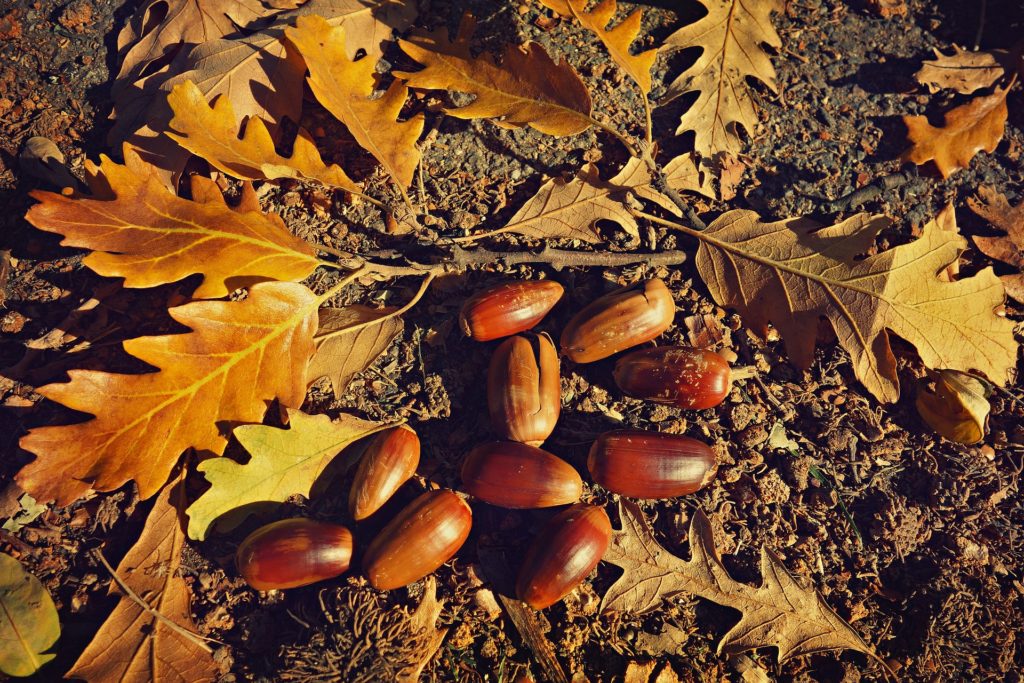
We shouldn't think about how we cover horses based on our bodily feelings. Indeed, the mornings are cooler at the end of September. Most of us don sweaters and jackets, but the horse but horses don't dissipate heat as quickly as humans because of its size. So, for the same body temperature, a horse will feel warmer than we do.
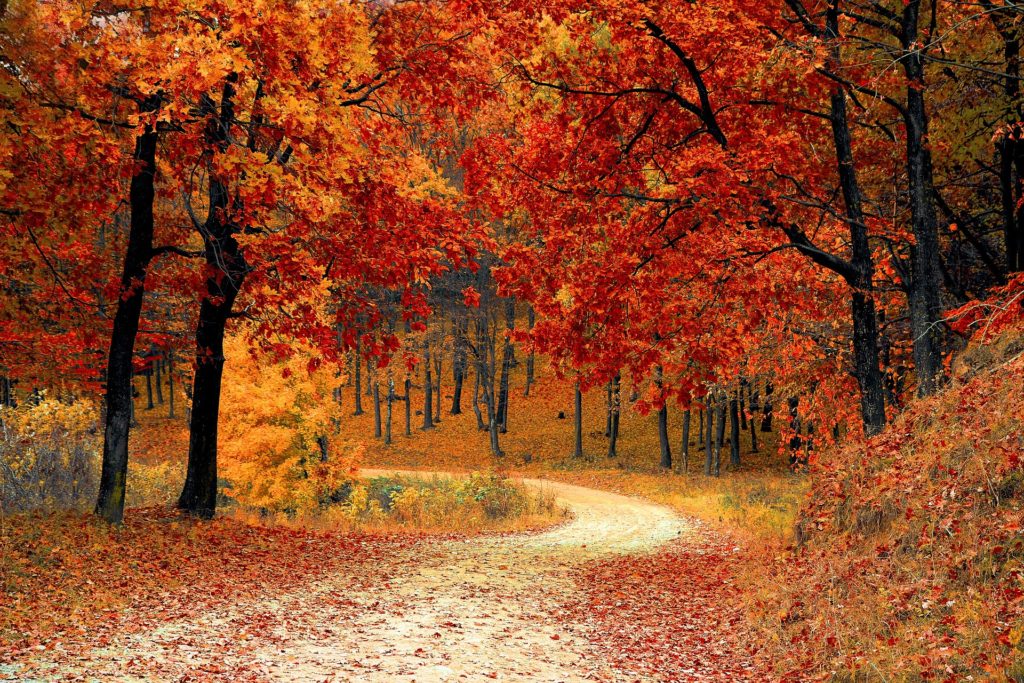
It is important to bear in mind that horses tolerate cold much better than heat. Their winter coat enables them tocope with low temperatures. For working horses, shearing is necessary because excess perspiration following a session may lead to an increase in the horse's drying time, resulting in a chill. A horse that is too hot and sweats profusely runs the risk of become dehydrated.
There are several types of shearing. The choice of shearing will depend on your horse's activity, but also on its environment:
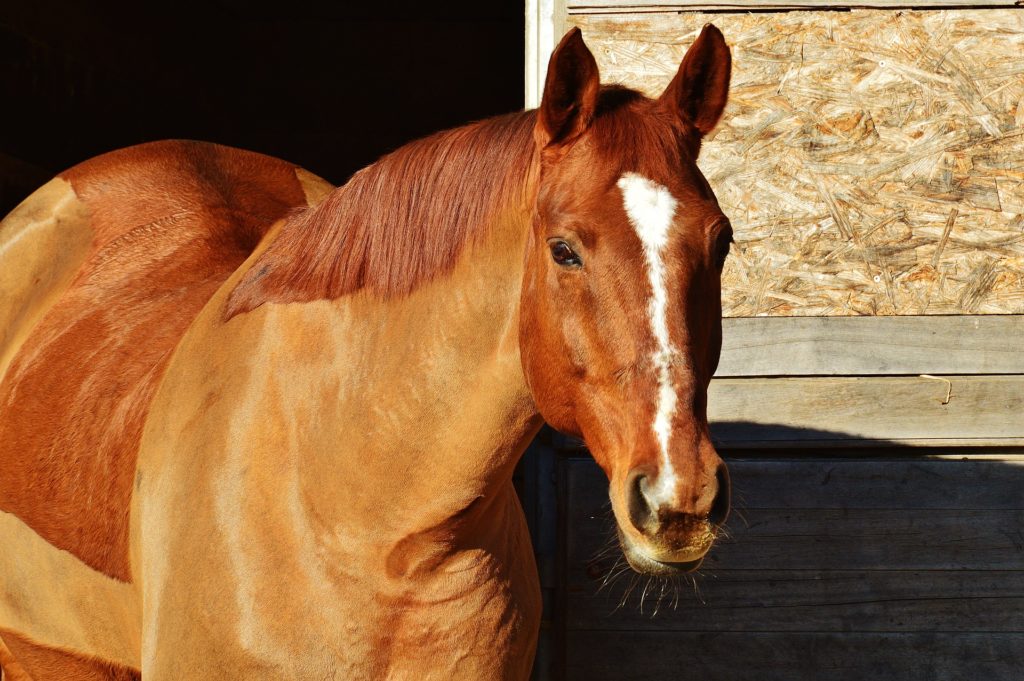
Autumn, with the arrival of the rainshorses' feet tend to get wetter and more damaged, so you need to keep a close eye on them. keep a close eye on them. Cure and grease feet regularly with a black ointment and check the condition of the shoes if the horse is shod. If the ground is very wet and doesn't dry out, you can apply Norway Tar on the sole. This cures rotten forks, dries out hooves and protects against humidity.
Common pathologies: cracks and mud scabies
A crevasse is an irritation of the pastern associated with hair loss, which can lead to sores. It often occurs between autumn and winter, and is most common on horses that frequent sandy and/or damp ground. Treatment is simple: a shower to disinfect the area and any wounds, drying with a clean towel or hairdryer. Then applya layer of vaseline or mytosil.
The dermatophilosis or more commonly known as mud mange "is a common pathology when rainy days arrive. Mainly localized to the limbs, it manifests itself as crusts that clump together hairs. They are oozing and painful. Subsequently, the horse's skin thickens and cracks, eventually giving way to small, hairless areas, ulcerated and painful. As soon as the first symptoms appear, it is advisable to shelter the horse.
Mud scab treatments:
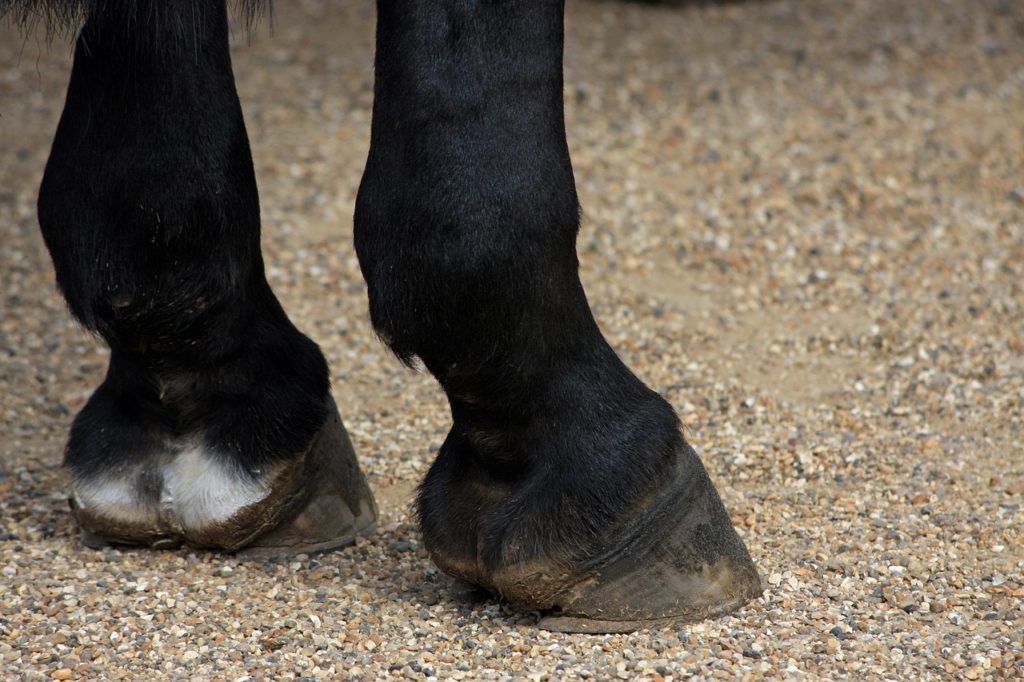
Adapt your feed according to the quality of the pasture, the horse's activity and body condition. Note that grass is less rich at this time of year, which can affect your horse's condition. Nevertheless, you can supplement your horse by increasing your horse's hay intake to compensate for this loss until the end of winter. You can also supplement your horse with products such asa mineral supplement and vitamin supplements and/or linseed oil which will provide essential fatty acids.
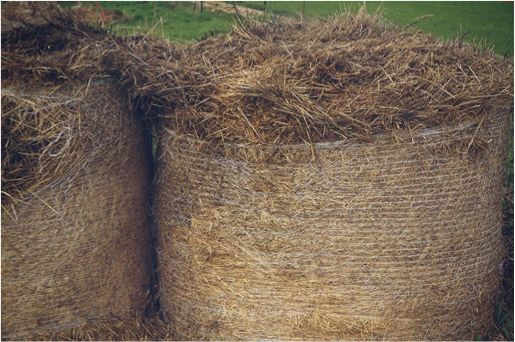
The outdoor season is coming to an end, but many showgrounds are now offering indoor competitions. indoor competitions. It's the perfect opportunity for you to keep going to shows despite the gloomy weather. However, switching from an outdoor to an indoor competition can sometimes be tricky. To avoid any unpleasant surprises, we've put together a few tips to help you all winter long.
To begin with, you need to practice jump a little on the merry-go-round. To do this, you'll need to adapt distances and therefore shorten to adapt to the configuration of the rides.
You can also practice skip lines of three to seven stridesThis most often corresponds to the contracts found at indoors competitions, although outdoors distances tend to be greater.
Also practice jump obstacles with two or three strides on the exit of the turn. This is a difficulty you don't usually find in show jumping.
It will also be necessary to work on horse control, approach and layoutobstacles arrive much more quickly, so you have to be ready and be ready and anticipate.
If your horse is worried, you can start with an initial preparatory competition. Most competitions offer preparatory tests or warm-up at the start of the competition.
When travelling, remember to take a drying blanket and a blanket adapted to the outside temperature for your horse. However, be careful not to not to over-cover your horse during transport, as the temperature tends to rise quickly in a van or truck. You'll also need a good coat, a pair of warm gloves, a hat/headband and a good pair of socks (or even several). so that you don't get stiff once you're on horseback..
Autumn is also the season for working at home (find our exercises on the application), but you can also take advantage of the season to take part in workshops. Today, many riders and stables offer advanced training courses throughout the winter, before the return of the outdoor show season.
To download the app, click here:
See you soon for a new article,
The Seaver team 🙂